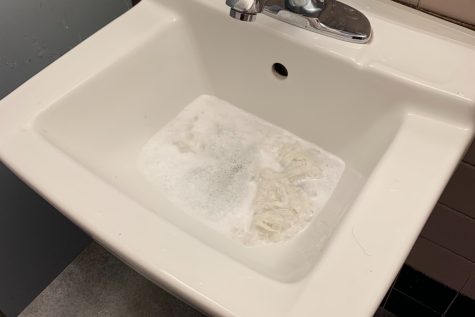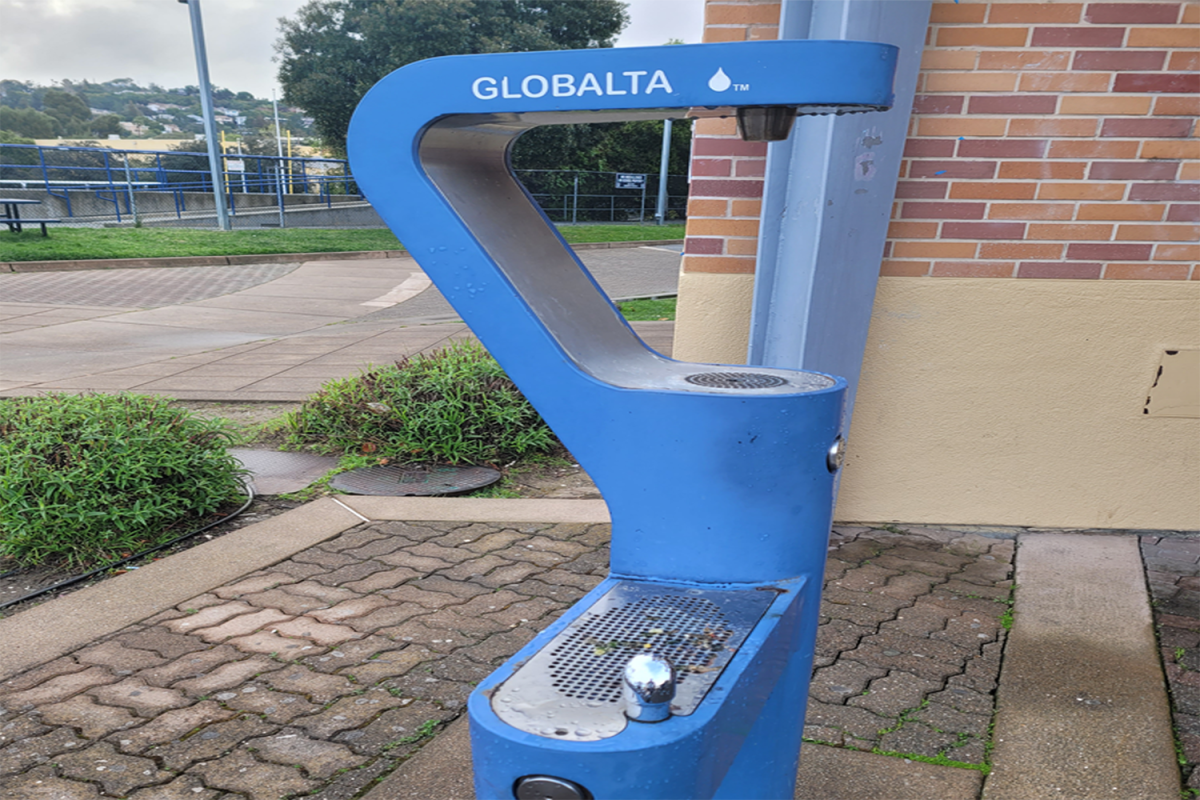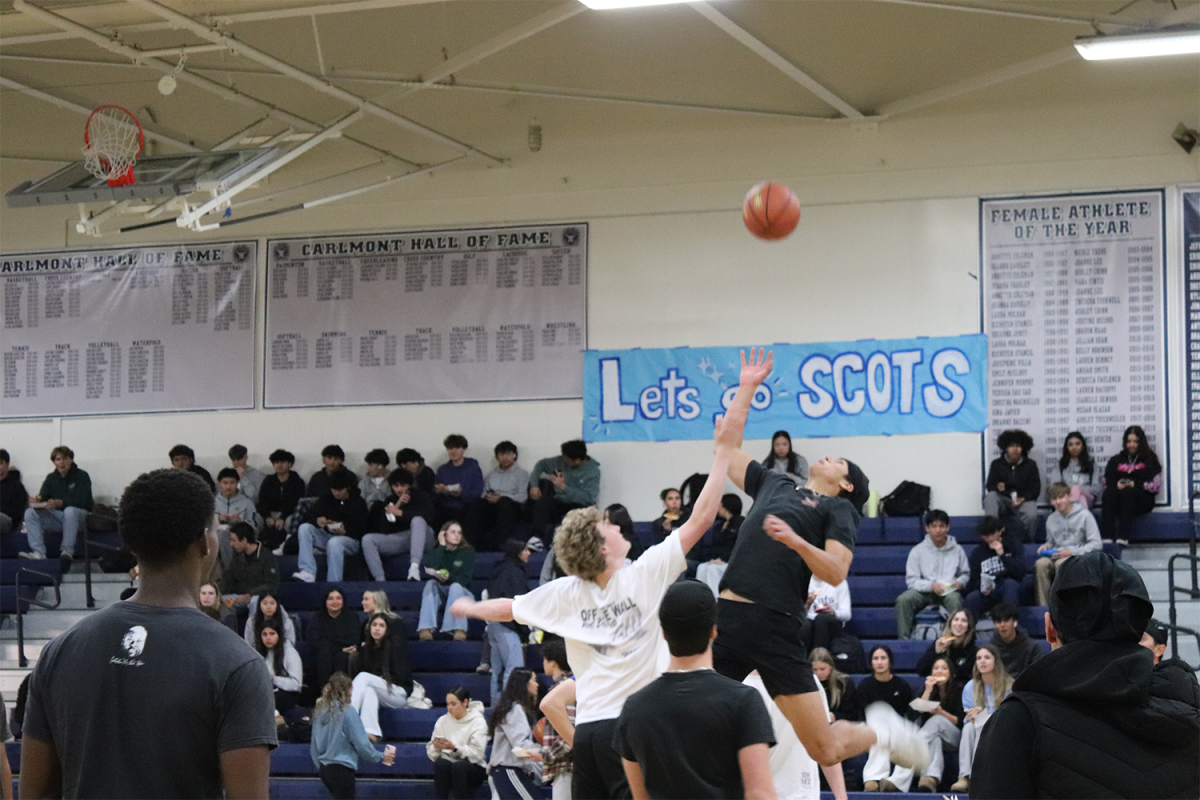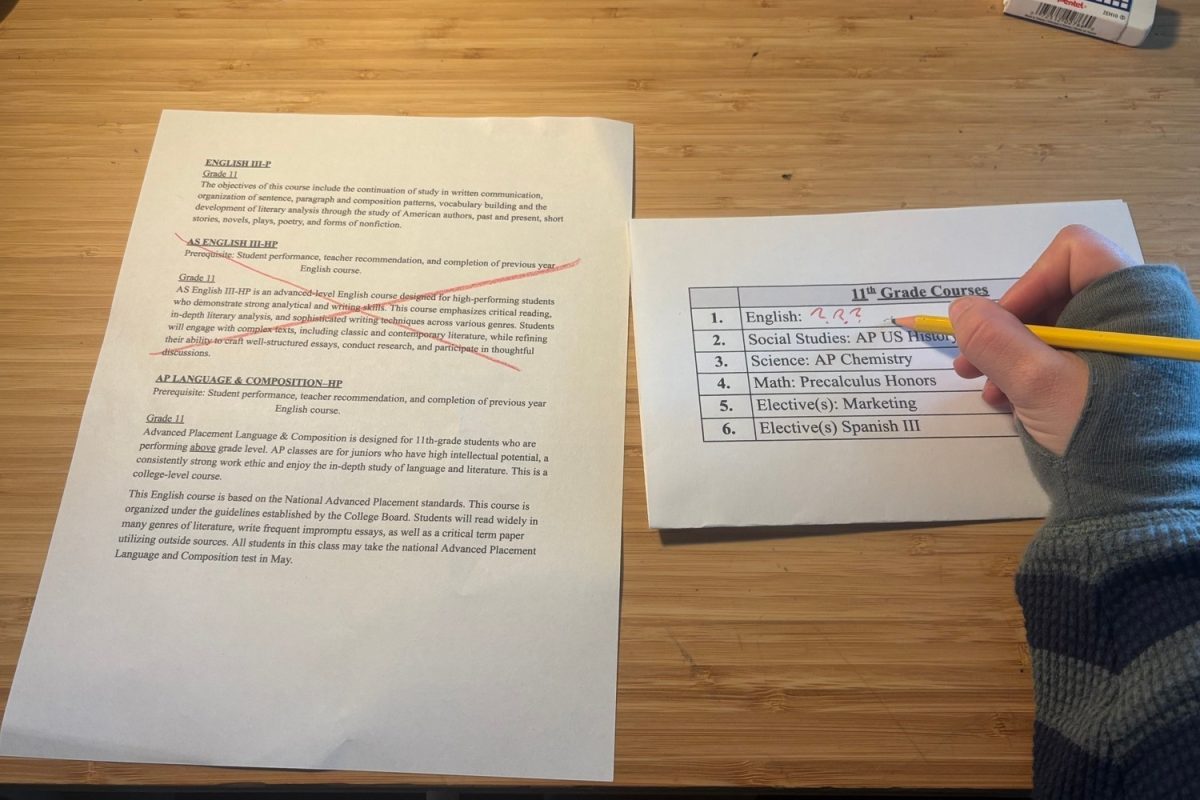The recent increase in the vandalization and closure of Carlmont bathrooms has inconvenienced students and the custodial staff.
When visiting one of the seven campus bathrooms during or between classes, students commonly face the inconvenience of discovering a bathroom is out of order. Although the solution may seem as simple as continuing to the next available bathroom, the problem extends much further than a locked door.
Grant Steunenberg, the Administrative Vice Principal at Carlmont, has recently noticed a change in the number of closed bathrooms in his day-to-day life on campus.
“It seems to me, this year, there have been more instances of bathroom vandalism than there were in the years prior to the pandemic,” Steunenberg said.
Steunenberg and the custodial staff are often called across campus to deal with clogged toilets, overflowing sinks, and wet floors. While many of these issues are unintentional, Steunenberg and his staff have also encountered deliberate cases of vandalism.

“I don’t know why but it seems like there is a greater fascination from some of the students around doing damage to the bathrooms,” Steunenberg said.
When a student is caught intentionally damaging a bathroom, Steunenberg and other administrators must reprimand them, as mandated by district policy. But with the return to in-person learning, the punishment procedures have been reformed to adapt to the changing school environment and influx of new students.
“[The return to school] made us rethink a lot of our processes because we weren’t doing them for a year and a half,” Steunenberg said. “When you get out of practice in doing a process, you often might miss a small step until you’re reacquainted with how you’ve done things.”
As part of his revitalization plans, Steunenberg has begun introducing a different approach to consequences. Adapting the restorative justice concept to Carlmont, he has started giving students a choice.
“For example, I could suspend you for five days. Alternatively, you can have one day of in-school suspension and one day of out-of-school suspension. Then, you’re going to work with our custodians after school for two weeks for an hour a day,” Steunenberg said.
Additionally, Steunenberg believes that students should face the consequences of vandalizing bathrooms and learn from their mistakes in a less harsh manner.
“To me, that teaches a lesson. The person has to have that experience of how their actions impacted another person and view it from their perspective,” Steunenberg said.
When asked why he has begun offering more minor suspensions and after-school work time, Steunenberg revealed that this alternative punishment would allow students to see how vandalism affects the custodial staff.
“They’re not doing anything to me. I’m not out there with a mop. I’m not cleaning the wet floor. I’m not fixing the broken hand dryer. It falls on our custodians,” Steunenberg said. “You see that guy that’s emptying a trash can, right? That’s who you’re messing with. If you feel like vandalizing something is such a cool thing, that’s the person right there. They have to deal with your actions.”

According to Jerome Clarke, who manages much of the custodial staff, custodians work eight-hour shifts with only a few short breaks. The entire custodial staff consists of 11 custodians working two shifts. Three custodians are on campus during the morning and afternoon, and the other eight work the evening shift.
Clarke, who comes from Trinidad and Tobago, noted that bathroom vandalism was not as extreme there as it is here at Carlmont.
“Schools there are not like this. There was never any vandalism. I don’t know how some people could find destroying the stuff that you have to use as funny,” Clarke said.
Clarke has also noticed that the vandalism has risen even further since the return back from winter break.
“For example, we change paper towel dispensers in the boy’s bathroom. We have changed like ten of them just because people keep kicking them off the wall. We also had hand dryers kicked off the walls. The graffiti part is easy. We could clean them and move on, but now they are even damaging the toilet bowls and dividers, which can be serious hazards,” Clarke said.
As Steunenberg advocates for his restorative process, some students remain cautious about its effectiveness. Leo Cappa, a junior, has seen an extensive range of vandalism in bathrooms. However, he doubts that Steunenberg’s plan can achieve its promises of reform.
“There are people that don’t care. I’m not trying to come off cocky or anything, but it’s just some people don’t care if they get in trouble or not. Most people that get caught you will see repeating the offense,” Cappa said.
Nevertheless, Carlmont’s custodial staff strives to keep the school’s facilities clean and open.
“Look at the bathrooms and just how dirty they are at the end of the day when we’ve got 2,300 people using seven bathrooms. The daily wear and tear are tremendous, and people don’t necessarily treat them with a whole lot of respect. And our custodians go in every day to make sure they are clean for 2,300 students to start their day,” Steunenberg said. “To do damage to the bathrooms is like thumbing their nose at the custodial staff.”












